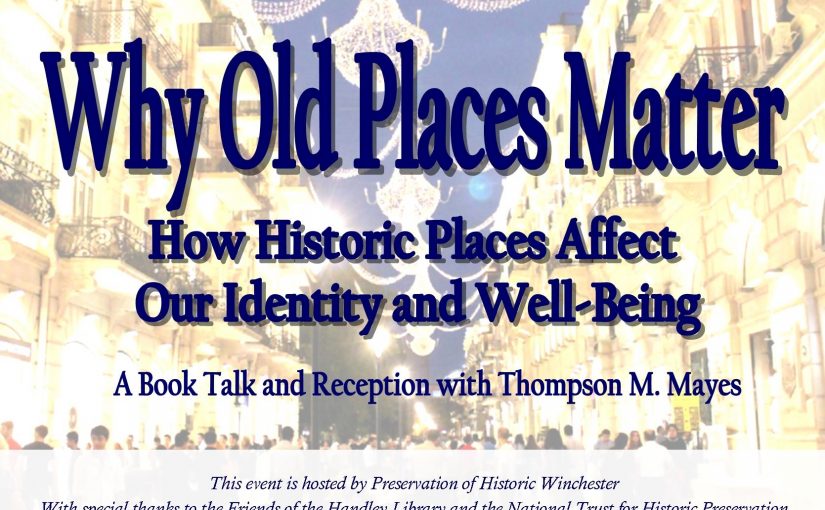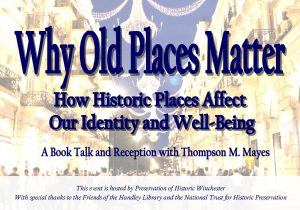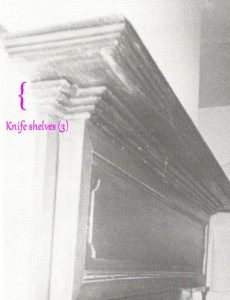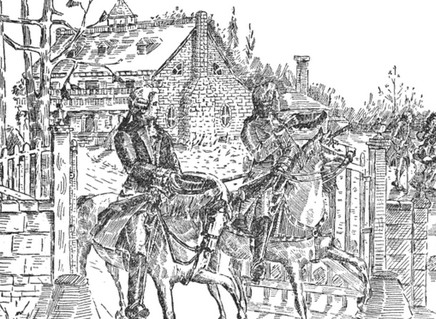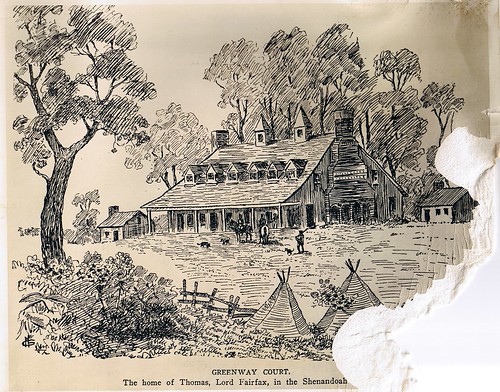From the Winchester Star comes news of the Douglas School Alumni Memorial Wall. The wall, which is expected to cost about $80,000, will list the names of students and faculty who attended the school. Fundraising efforts for the memorial wall are underway now, and the first benefit event for the Douglas Alumni Memorial Wall will feature the Richmond-based band Soul Expressions. Tickets for the concert, which will be held Feb. 28, 7-11 PM at Handley High School, are available now on EventBrite. For more information on the fundraising efforts, contact Carl Rush at Winchester Public Schools, 540-667-4253 or rushc@wps.k12.va.us.
Digging into the Archives, UVA Library Brings Old Folksong Recordings to Light highlights the story of how nearly 700 songs were preserved from an esoteric early recording format. As part of the preservation grant stipulations, the songs retain the lo-fi imperfections of the original aluminum discs. If you would like to travel back in time to hear these rare records, the collection is available online here at the University of Virginia Library.
Interested in dendrochronology? Why Trees Are the Most Reliable Historians of Early America has photos of both log construction and the coring process accompanying an easy introduction to the topic. Further reading on dendrochronology being used to unravel mysteries of early – or not so early – construction is available at Traditional Building.
You may have spotted the article on the “witch bottle” in the Winchester Star. If you’d like a chance to see the image in higher resolution, Civil War-Era ‘Witch Bottle’ Used to Keep Evil Spirits at Bay Discovered in Virginia has you covered. More information on the dig and the history of Redoubt 9 in the Civil War can be found at William & Mary.
Last, if you are looking for something to do this weekend, all three branches of the Handley Regional Library will be conducting events for Come out of Hibernation Day on Feb. 1. All programs are free and open to the public. Check out the list of activities on their website.


